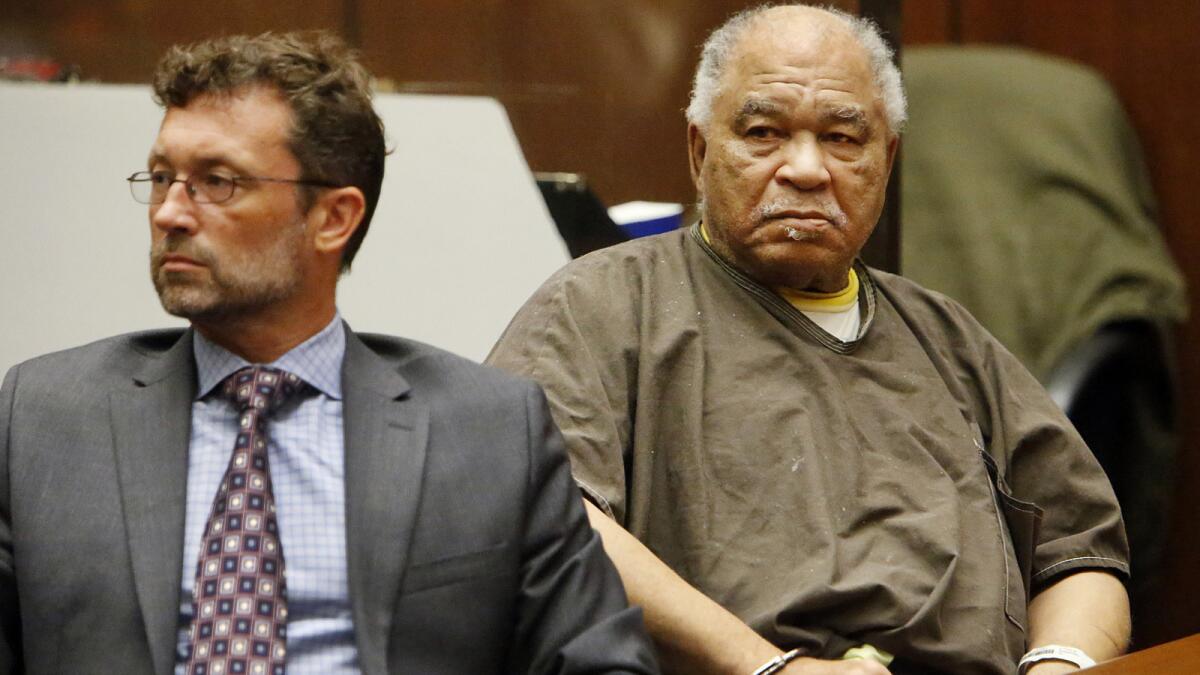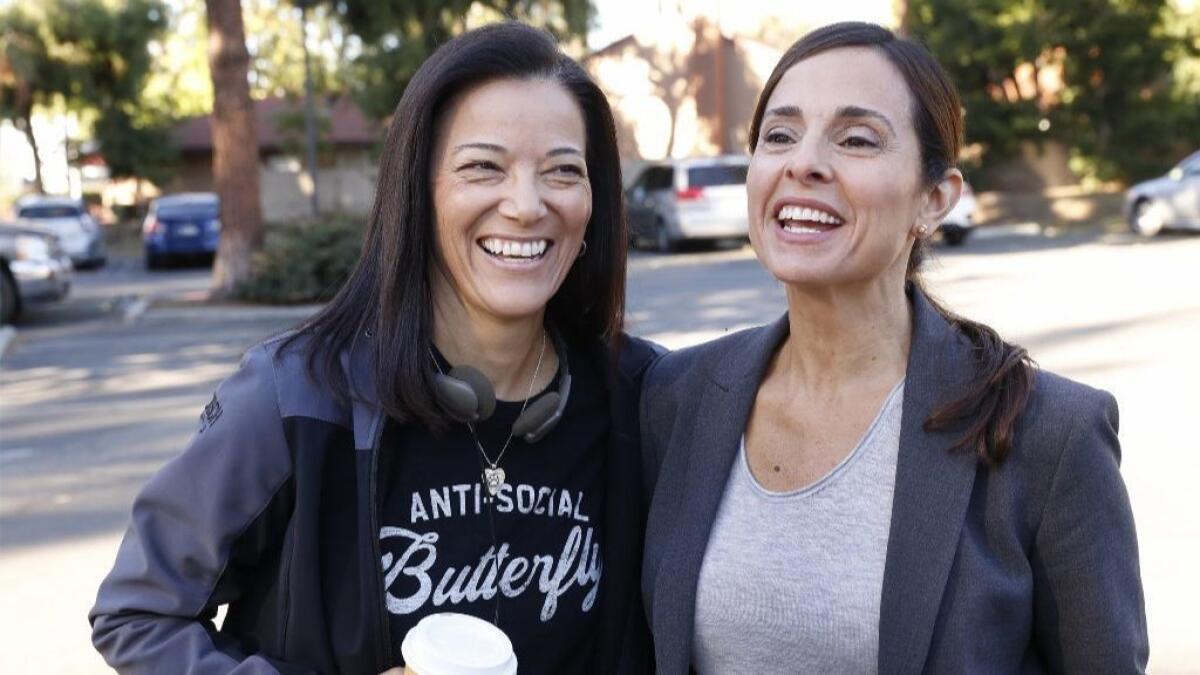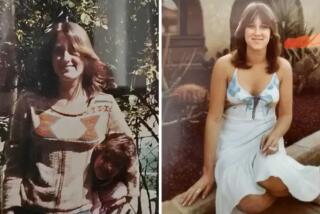A man claims heās killed at least 90 across the U.S. Itās up to police to find the truth

Sam Little had been arrested for murder at least twice in the 1980s. Both times, he walked away a free man.
It would take three decades before DNA evidence would conclusively link him to the brutal strangulations of three women in Los Angeles.
At his 2014 trial, survivors of attacks in other cities recounted their experiences with Little, a onetime boxer who seemed to wander aimlessly across a wide swath of the nation.
But after his conviction, the cops who had chased him wrestled with an uncomfortable suspicion ā they knew Little had killed more women. But they didnāt know when or where.
Time passed. Witnesses disappeared or died. Little refused to speak with the Los Angeles police detective who captured him, a woman he despised. All the while, questions that have tormented scores of families across the nation went unanswered.
That is until Little began talking this year after a Texas Ranger who suspected him of a homicide murder in that state paid a visit and won the trust of the convicted killer.
Since September, Little has been giving Texas authorities details of at least 90 slayings he claimed he committed across the country from 1970 to 2005, a bloody ledger that would make him one of the deadliest serial killers in U.S. history, authorities said. In almost every case, investigators say he targeted prostitutes and drug addicts ā āwomen that wouldnāt be missed,ā as one detective put it.
Of the 90 slayings he claimed responsibility for, at least 30 have already been corroborated by police in about 19 states, said Ector County Dist. Atty. Bobby Bland, who is prosecuting Little in connection with a 1994 killing in Odessa, Texas.
Little confessed to killing 20 women in Los Angeles in the 1980s ā including the three he was convicted of murdering ā and claimed responsibility for a homicide in San Bernardino, authorities said. Investigators here have not corroborated his claims in any of the California killings.
But unlike other infamous serial predators, who were able to continue killing behind a veil of anonymity, Little was in law enforcementās grasp more than once. Each time he slipped away, his body count grew, to the frustration of those who finally took him down.
āDid he kill 10 women? Did he kill 20?ā asked Los Angeles County Deputy Dist. Atty. Beth Silverman, who secured Littleās 2014 conviction. āI think he made a mockery of the justice system up and down the United States.ā
Despite Littleās readiness to talk, some cautioned against assuming heās being entirely truthful.
Silverman said Little opened up only after he was granted a request to transfer from the California prison system to a Texas facility, and police will have to conduct exhaustive investigations to corroborate his statements. Little was sentenced to life in prison without parole in California in 2014, and providing information on other crimes grants him attention and recognition, which Silverman believes Little craves.
For years, Little had refused to speak with investigators, said LAPD Det. Mitzi Roberts, who guided the effort to capture him in 2012. She and Silverman have long believed Little killed for sexual gratification, that he took a perverse glee in having power over a womanās life, and he resented the idea that he had been captured and imprisoned by two women.
So when Texas Ranger James Holland visited California in May 2018 to talk to Little about a cold case, Roberts said she urged Holland to play into that hatred. The move proved integral to building a rapport between the two, Roberts said, and Little finally started to share tales of horrific violence against women that stretched back decades.
In most cases, Little did not provide the names of the victims he said he killed, according to Silverman, who has observed some the Texas interviews, and Roberts. But he offered locations and approximate times, they said. In a few cases, he may have actually drawn images of crime scenes.
Officials said it might be possible to match Littleās descriptions to specific cases in smaller cities across the Southeast, where heās been linked to several killings. But in Los Angeles, where Little says he is responsible for the unsolved killings of at least 17 women in the mid- to late 1980s, the task could prove herculean, Silverman said.
The period overlaps with the acts of other notorious serial killers, including the āGrim Sleeper,ā Lonnie Franklin Jr., and a drug boom that claimed the lives of vulnerable women ā the type Little targeted.
āDuring the time period that he was convicted of murdering three women here in L.A., we were in the middle of a crack cocaine epidemic,ā Silverman said. āDuring that time period, there were more than 100 women of color who wound up dead in alleyways in South L.A.ā
Bland, the Ector County district attorney, insisted Little was volunteering information on his own, rather than responding to prompts from cold-case investigators. He declined to comment on specific cases or details provided by Little, who has been indicted in the 1994 slaying of Denise Brothers in Odessa, Texas.
āJustice for the victims of Samuel Little may have been delayed, but because of these efforts, justice is no longer denied,ā Bland said in a statement this month.
The Texas Department of Public Safety declined a request from a Times reporter to interview Holland, and a spokesman declined to answer specific questions about the case. Little is scheduled to appear in court in Odessa on Monday. His attorney, Jason Leach, did not respond to a request for comment.

Little was born in Reynolds, Ga., in 1940 and raised in Lorain, Ohio, Roberts said. A former boxer and artist, he quit school in the eighth grade and it was unclear whether heād ever held a steady job, she said.
Property records also show Little lived in Florida and Louisiana for several years, but investigators mostly described him as a transient who tended to float in and out of cities throughout the Southeast. Court records show he has been arrested at least 30 times on minor offenses, including shoplifting, petty theft and battery, in Ohio, Florida and Mississippi.
Often, investigators said, Little would stay in either halfway houses or hostels, eschewing a permanent address as he moved from city to city.
Each place he went, they said, a similar pattern would emerge: Little would pick up a prostitute ā often a black or Latino woman ā and she would wind up fighting for her life. Rarely would the woman win.
All of his known victims died by strangulation, investigators said.
Police believe that in the early 1980s, Little brutalized several women in Pascagoula, a city on the Gulf of Mexico in southern Mississippi, leaving at least one dead and two lucky to escape, said Pascagoula police Lt. Darren Versiga, who has reviewed the cases.
Versiga said Little picked up 24-year-old Melinda LaPree outside a low-income housing complex known for prostitution in 1982. LaPree had recently given birth and was being forced into prostitution by her boyfriend when she crossed paths with Little.
A month later, police found her body in a cemetery six miles outside the city, he said.
Little was arrested and police located at least two other women who alleged that he tried to choke them, but prosecutors were unable to build a case against him. LaPreeās body was badly decomposed, and several witnesses refused to testify, Versiga said.
The case would highlight a recurring issue for police and prosecutors trying to hunt down Little. His choice of victim almost seemed to insulate him from punishment.
āAt that time frame, through societal ways, we just didnāt believe prostitutes when they cried rape,ā Versiga said.
Little confessed to LaPreeās killing while in custody in Texas this year, Versiga said. He also said he killed a second woman in Pascagoula during the period, though investigators have found no evidence of a slaying that matches his description.
Versiga said he believes Littleās claims, adding that the killer seems āto want credit for what he did.ā
Did he kill 10 women? Did he kill 20? I think he made a mockery of the justice system up and down the United States.
— L.A. County Deputy Dist. Atty. Beth Silverman
Despite his hatred of women, Little often traveled with a female companion who some investigators described as his girlfriend. An older woman, estimated to be in her 70s at the time of the Pascagoula attacks, was spotted with Little in several cities across the Southeast, Versiga said.
Though he did not describe her as an accomplice to the killings, Versiga said she probably was aware of Littleās actions since she often cleaned his car, which he sometimes used as a killing ground. She died of an aneurysm in the mid-to-late 1980s, according to Versiga, who said Little had been accused of beating her as well.
Pascagoula was not the only place where police tried, and failed, to end Littleās spate of killings. In October of this year, he claimed to have killed Patricia Mounts in Gainesville, Fla., in the early 1980s, said Art Forgey, a spokesman for the Alachua County Sheriffās Office. Little had been tried, and acquitted, in that case more than 30 years ago, Forgey said.
In 1984, Little attacked and choked two women in San Diego, authorities said. At his 2014 trial in Los Angeles, one of the San Diego survivors told a harrowing tale: Little kidnapped her off the street, bound her hands with stockings in the backseat of a car and began choking her near the point of unconsciousness.
Then heād let her breathe. Then heād start over again.
āHe liked to feel me swallow with his thumb on my neck,ā she told jurors. āIt became a game ā right before Iād go unconscious, as my eyes started rolling back, heād let go and ask me to swallow again.ā
Little was convicted of assault and false imprisonment, but sentenced to only 30 months in prison. By 1987, he was released and headed to Los Angeles.
In July of that same year, Carol Alford was found dead in South L.A. Two years later, Audrey Nelson and Guadalupe Apodaca were also found strangled in Los Angeles. Each victim was found in the Central Avenue-Alameda Street corridor, just south of downtown.
He would answer for those killings nearly 25 years later, when Roberts led an LAPD investigation into the cold-case slayings.
After obtaining warrants for his arrest in 2012 based on DNA evidence found at the original crime scenes, Roberts and other investigators traveled to several cities throughout the Southeast where Little had been arrested or linked to attacks. But Littleās flighty lifestyle made him hard to track, Roberts said.
āWe were always two days behind,ā she said.
Eventually, Roberts learned that Little often used a pre-paid benefits card to cover expenses and got the account information from a local law enforcement official. By calling the cardās customer service line and entering the account information, she was finally able to find Little through his most recent purchases. He was arrested in Louisville, Ky.
Little was convicted of each murder and sentenced to life in prison in 2014, after a trial that hinged on both the forensic evidence and testimony delivered by women who had managed to escape during attacks in San Diego and Pascagoula.
Silverman, the L.A. prosecutor, said that during portions of Littleās confession he also claimed to have killed women in Omaha; Las Vegas; Flagstaff, Ariz.; Phoenix; Jackson, Miss.; Portland, Ind.; and San Bernardino, although many of the assertions are still uncorroborated.
Police in San Bernardino and Phoenix said they are reviewing his claims, and officials in Gulfport, Miss., are probing Littleās connection to a killing there.
In a statement, the FBI confirmed it has provided assistance in tracking Littleās killings, but declined to provide a full timeline of his crimes or a complete account of his confession.
While some officials said they were hopeful that Littleās confessions would bring closure to dozens of victimsā relatives across the country, Silverman said the full accounting of his crimes is anything but a victory for law enforcement. Itās simply a tally of the carnage he caused.
āThe amount of women who lost their lives. The amount of children who lost their mother. The amount of parents who lost their kid,ā she said.
Follow @JamesQueallyLAT for crime and police news in California.
More to Read
Sign up for Essential California
The most important California stories and recommendations in your inbox every morning.
You may occasionally receive promotional content from the Los Angeles Times.











